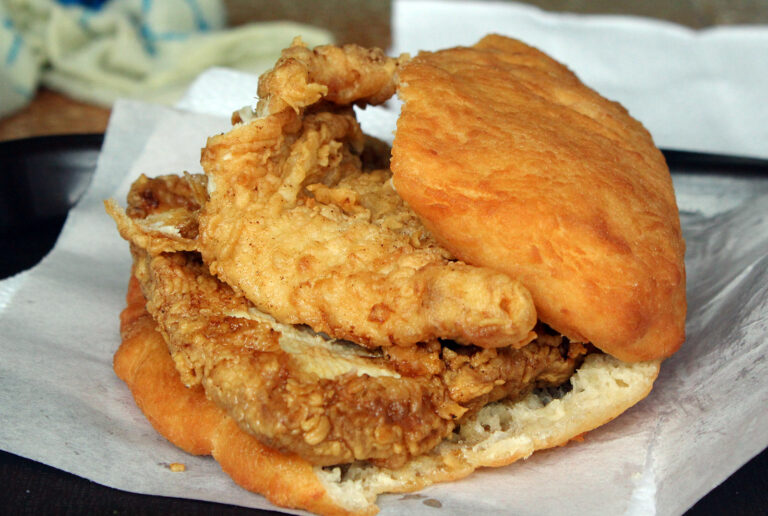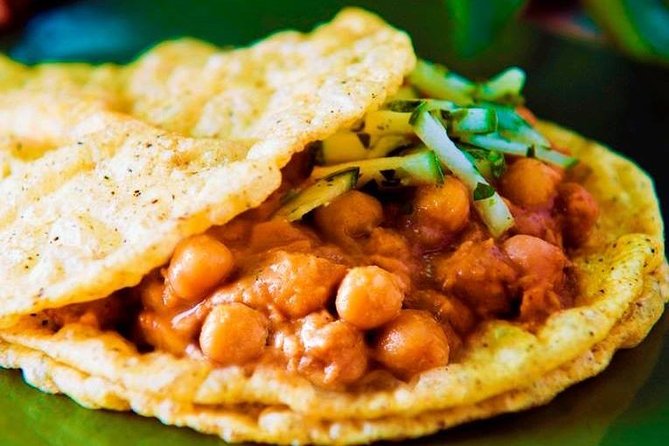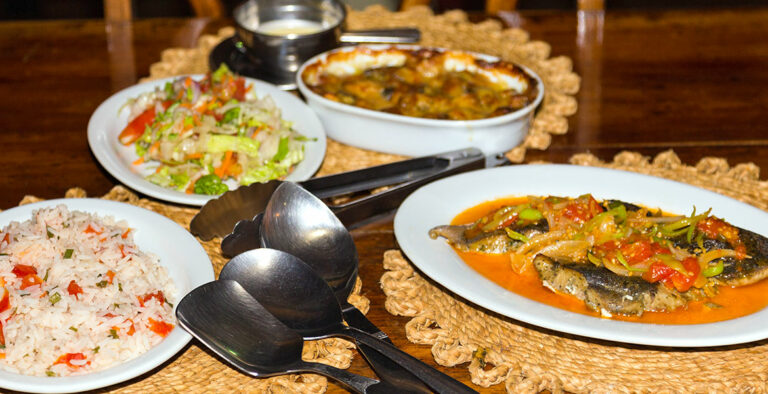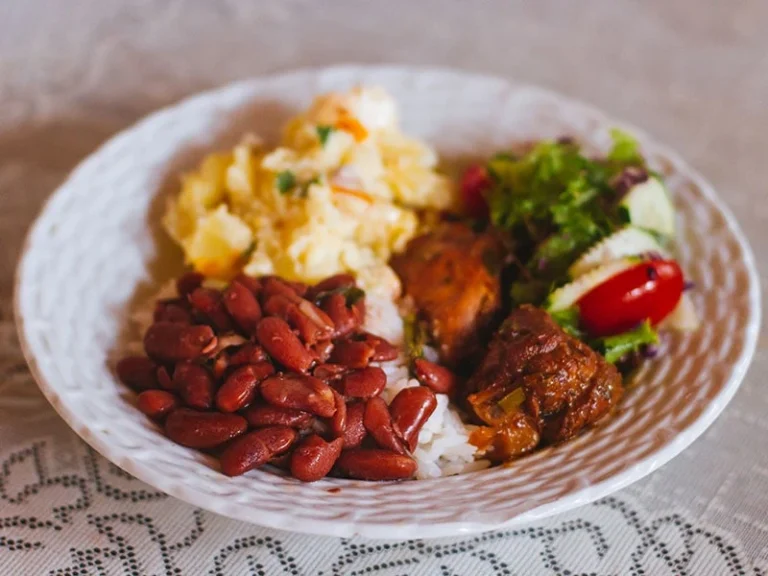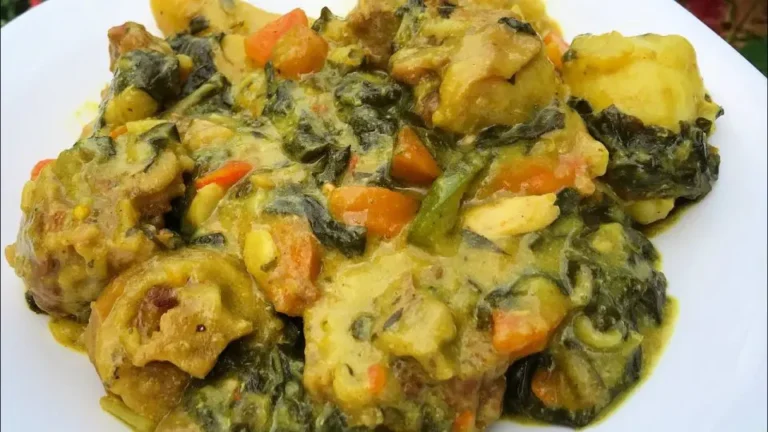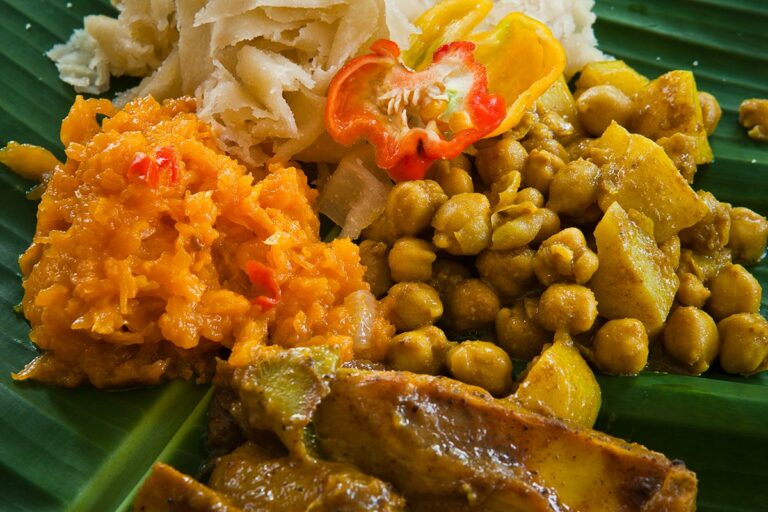Introduction: Trinidadian Street Food
Trinidadian street food is a diverse and flavorful culinary tradition that reflects the island’s rich cultural heritage. From savory snacks to hearty meals, the street food scene in Trinidad offers something for every taste and budget. Whether you’re a local or a visitor, exploring the vibrant array of street food vendors is a must-do experience.
Doubles: Trinidad’s Most Popular Street Food
Doubles are a beloved Trinidadian street food that’s served up all across the island. This tasty snack consists of a pair of soft fried bread called bara, filled with curried channa (chickpeas) and topped with a variety of condiments such as tamarind sauce, cucumber, and hot pepper sauce. Doubles are a popular breakfast and snack food, and they’re often sold by vendors who set up shop on street corners or in designated “doubles stands.”
Roti: A Delicious and Filling Street Food
Roti is a staple street food in Trinidad, and it’s a must-try for anyone visiting the island. This soft and flaky flatbread is typically filled with a variety of savory ingredients such as curried chicken, beef, or vegetables. Roti is often served with a side of chutney or hot pepper sauce, and it’s a filling and satisfying meal that’s perfect for a quick lunch or snack on the go.
Bake and Shark: A Must-Try Street Food in Trinidad
Bake and shark is another popular street food in Trinidad that’s a must-try for foodies. This dish consists of a deep-fried bread called bake, filled with crispy fried shark, lettuce, tomato, and a variety of sauces. The dish is typically served with a side of fries or plantain chips, and it’s a filling and flavorful meal that’s perfect for a beachside lunch.
Corn Soup: A Classic Trinidadian Street Food
Corn soup is a classic Trinidadian street food that’s beloved by locals and visitors alike. This hearty and comforting soup is made with corn, chicken, dumplings, and a variety of seasonings. It’s often sold by street vendors who set up shop in bustling marketplaces or on busy street corners.
Pelau: A Hearty and Flavorful Street Food Dish
Pelau is a hearty and flavorful street food dish that’s popular in Trinidad and throughout the Caribbean. This one-pot dish is made with rice, chicken, or beef, and a variety of vegetables and seasonings. It’s often served with a side of coleslaw or potato salad, and it’s a filling and satisfying meal that’s perfect for a quick lunch or dinner on the go.


![Can you recommend a good Trinidadian restaurant in [specific location]?](https://foodnerdy.com/blog/wp-content/uploads/2023/05/3-56.jpg)
